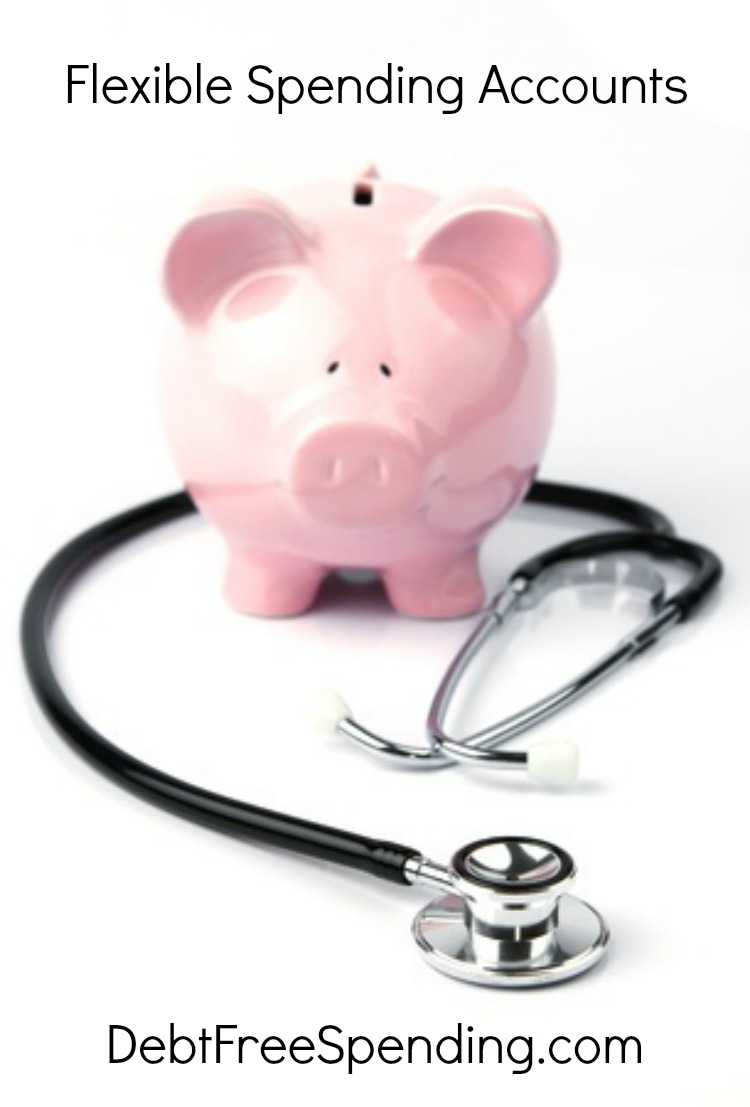
With healthcare costs on the rise, our family is always looking for a way to save on medical expenses. A Flexible Spending Account is a great way to put a little extra green back in your pocket for planned or unplanned medical expenses. I’m also not a huge fan of giving the government any extra money that what it deserves, so I am very happy with my Flexible Spending Account. A Health Savings Account is another option. Read more about those here.
What is a Flexible Spending Account?
A Flexible Spending Account (FSA) is an account where you put money to cover certain health care costs that you would normally pay for out of pocket. This money is not taxed, and these types of accounts are only available through an employer. Certain medical and dental expenses are included in how you can use the money in your FSA. Also, this money can’t be used on Insurance Premiums. The current annual limit for FSA contributions is $2,500.
Generally, you have to use these funds within a calendar year. However, your employer has two options (They must choose one):
- Allow a 2 1/2 month grace period where you have 2 1/2 extra months to spend your money.
- Allow you to roll-over $500 into the next year (This is my employer’s current option).
At the end of the year and extra options, you will lose any extra money. So, it is extremely important to know how much money you need for medical expenses. Considering the fact that we spent $13,000+ out of pocket in 2015 on medical expenses, I didn’t have to worry about that problem. Learn more about FSA’s at Healthcare.gov.
Two years ago I started adding money to an FSA through my employer for $1,000 per year. They took off a little under $50 per pay, which cost me a little less than $100 per month. Taxes on that money would normally be about $300, so if I hadn’t had the plan, I would had just had that extra money on each paycheck. However, because that money is not taxed and goes directly into the FSA, I saved about $300 for that $1,000. The next year I did $2,000, which mean I saved about $600 in taxes. Instead of paying Uncle Sam with that money, I’m taking that money to pay my medical expenses that are not covered by my health insurance.
It may vary from employer to employer, but with my job, I go into my health insurance website each month, and print out the summary with all of my out of pocket expenses, and submit a claim with a list of all of my out of pocket expenses that were listed on the download. I receive a direct deposit within three weeks, so that many goes right back into my back account.
Since my husband and son have both been diagnosed with asthma, inhalers alone for just one is $60 every three months. That means my son’s one inhaler costs me about $240 per year, and my husband’s is an extra $240, making it $480 per year just for their one medication. They both also see the pulmonologist every few months, which adds up to at least $200 per year in co-pays for office visits.
Obviously, it’s not hard for our family of four two acquire many copays within a short period of time. Our toddler was very sick in 2015, and was tested for possible epilepsy, and had RSV, rotavirus, and recurrent ear infections which resulted in ear tubes. In addition to that he suffered burns to both of his feet from an accident in the fall, which included a stay in a burn unit two hours away, and many extensive visits.

Leave a Reply